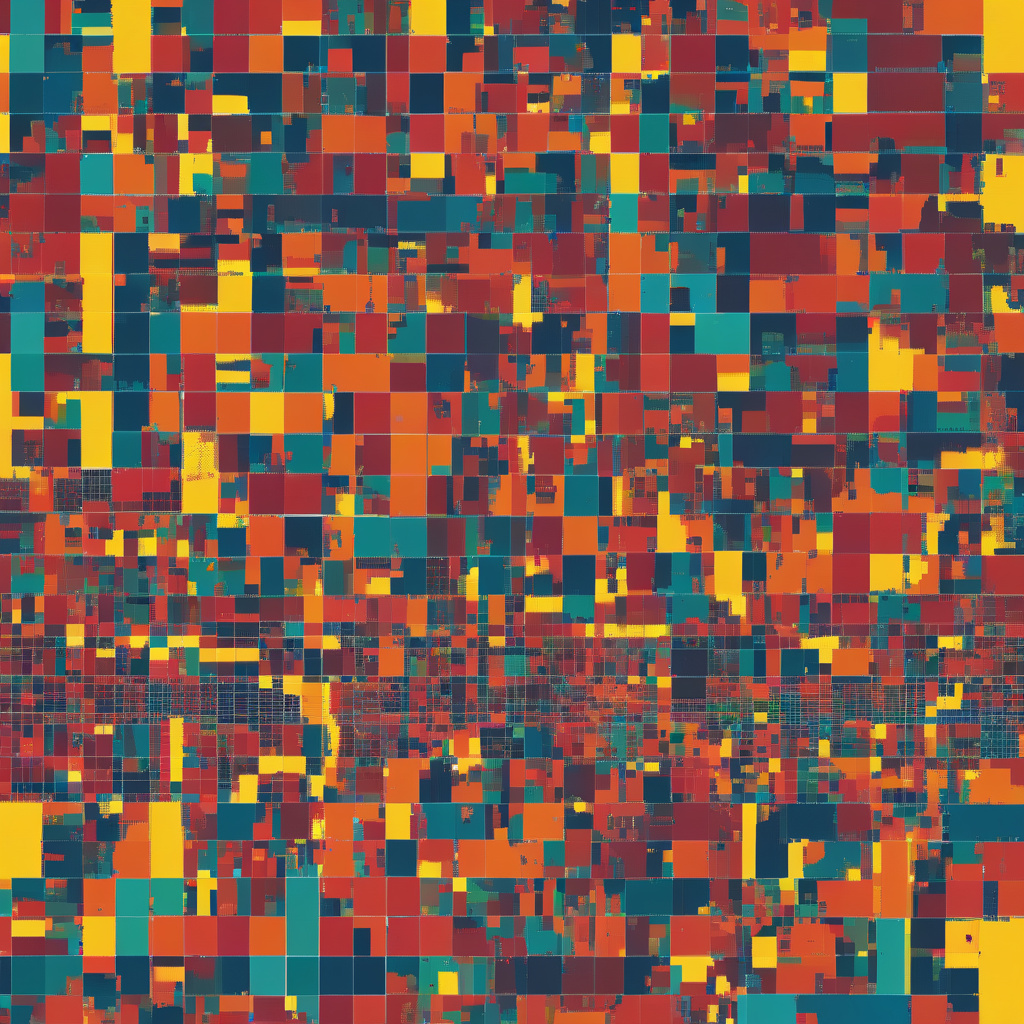A Gentle Introduction to Principal Component Analysis (PCA) in Python
In the realm of data analysis and machine learning, Principal Component Analysis (PCA) stands out as one of the most popular methods for feature reduction and data compression. By understanding PCA and its implementation using Scikit-learn in Python, you can unlock powerful insights from your data efficiently.
Understanding PCA: Unveiling the Essence
At its core, PCA aims to transform high-dimensional data into a new coordinate system, where the greatest variance lies along the first coordinate (principal component), followed by the second, and so on. This transformation allows for the reduction of dimensions while preserving the most critical information within the data.
Implementing PCA with Scikit-learn in Python
To delve into the world of PCA using Python, Scikit-learn’s comprehensive library offers a robust set of tools. Let’s embark on a simple example to showcase the power of PCA in action.
“`python
from sklearn.decomposition import PCA
import numpy as np
Generate sample data
np.random.seed(0)
X = np.random.rand(100, 3)
Initialize PCA with 2 components
pca = PCA(n_components=2)
Fit and transform the data
X_pca = pca.fit_transform(X)
“`
In this concise snippet, we generate sample data, initialize a PCA object with two components, and then fit and transform the data accordingly. The resulting `X_pca` array contains the transformed data with reduced dimensions, ready for further analysis.
Interpreting the Results: Unleashing the Power of PCA
Upon applying PCA to your data, you can analyze the variance explained by each principal component, assess feature importance, and visualize the data in a reduced dimension space. This process not only aids in data compression but also facilitates a deeper understanding of the underlying patterns within your dataset.
Advantages and Considerations: Embracing the Potential
While PCA offers significant benefits in feature reduction and data visualization, it is essential to consider certain factors such as data scaling, component interpretation, and the trade-off between dimensionality reduction and information loss. By leveraging PCA effectively, you can streamline your data analysis workflow and enhance the interpretability of complex datasets.
Conclusion: Harnessing the Power of PCA in Python
In conclusion, Principal Component Analysis (PCA) serves as a cornerstone in the realm of feature reduction and data compression. By employing PCA with Scikit-learn in Python, you can uncover valuable insights, simplify complex datasets, and elevate your data analysis capabilities to new heights. Remember, mastering PCA is not just about reducing dimensions—it’s about unlocking the true essence of your data.
At the same time, the gentle introduction provided here lays the foundation for further exploration and experimentation with PCA in your own projects. As you delve deeper into the world of PCA, keep in mind the balance between dimensionality reduction and information preservation, ensuring that your data tells a compelling and accurate story.
So, why wait? Dive into the world of Principal Component Analysis with Python today and witness the transformative power it brings to your data analytics journey.

